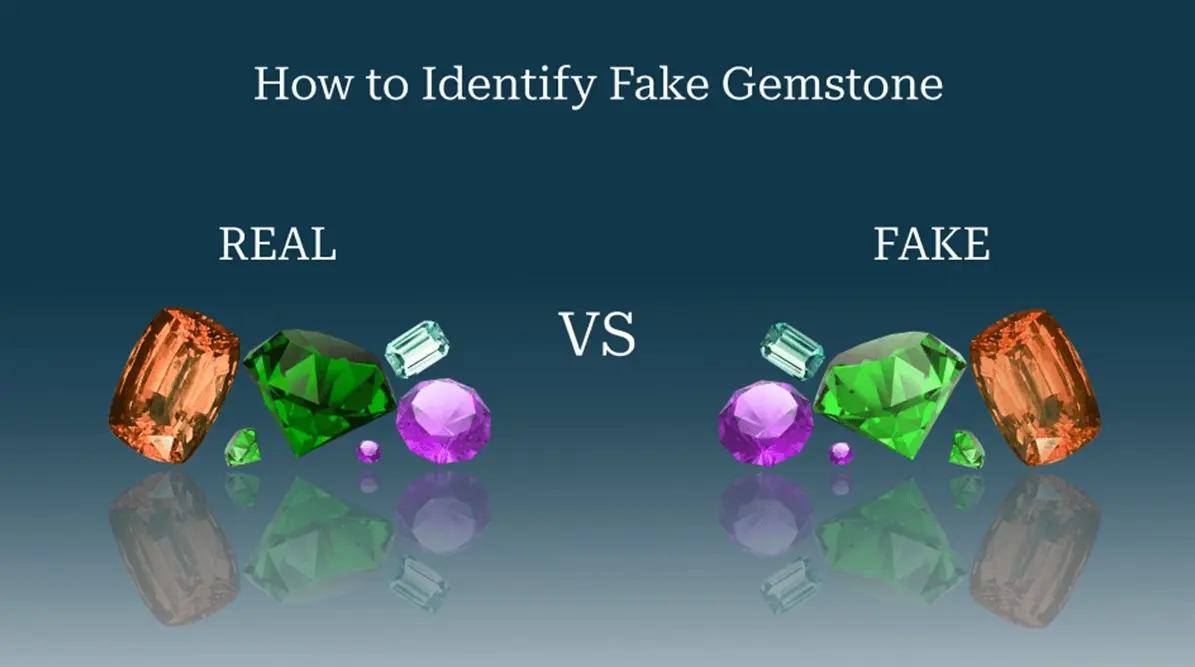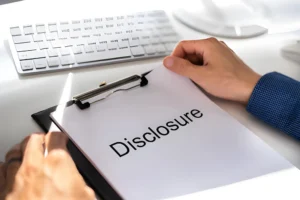Gemstones are some of the most beautiful natural treasures on earth. Whether set in jewellery, collected as investments, or given as gifts, gemstones carry emotional and financial value. But as the popularity of gemstones has grown, so has the market for fakes.
Knowing how to tell the difference between a real and a fake gemstone is important for anyone buying or collecting these precious stones. In this guide, we will walk you through expert tips to help you spot a fake gemstone and avoid costly mistakes.
Understand the Basics of Genuine Gemstones
Before you can spot a fake, you need to understand what makes a gemstone genuine. Natural gemstones are formed under the earth’s surface through natural processes. They often contain small imperfections, known as inclusions, which are tiny internal marks or features that show they are real.
Synthetic gemstones, on the other hand, are man-made but have the same chemical makeup as natural stones. Fake gemstones, often called simulants, only imitate the look of the real thing but are made from completely different materials.
Look for Obvious Red Flags
There are several easy checks you can do to spot a fake gemstone. Start by looking at the colour. Genuine gemstones, like pink argyle diamonds, will have a depth and natural variation in their colour. Fake stones often look flat or overly bright because they are made with glass or plastic.
Next, check for bubbles. Many fake stones made from glass will show small air bubbles when you look at them closely under a magnifying glass. Natural stones will never have bubbles inside.
Check the Weight and Feel
The weight of a gemstone can reveal a lot about its authenticity. Real gemstones are usually heavier than glass or plastic imitations because of their dense structure. If you have a similar real stone to compare, hold both in your hands and feel the difference. A fake stone will often feel light or too perfectly smooth, while a real gemstone has a solid, weighty feel.
Examine the Cut and Craftsmanship
Gemstones are carefully cut to bring out their best features. High-quality stones, like pink argyle diamonds, are shaped by skilled gem cutters who know how to highlight the stone’s brilliance. Poorly cut stones with uneven surfaces or lopsided shapes are often a sign of fakes.
Also, check how the gemstone is set in the jewellery piece. Real gemstones are rarely placed in cheap or flimsy settings. If the metalwork looks low-quality, it’s worth questioning the authenticity of the stone.
Ask About Certification
One of the best ways to protect yourself when buying gemstones is to ask for a certificate of authenticity. Reputable sellers will provide certification from a recognised gemological institute, which verifies the stone’s quality and origin.
For rare and high-value gems like pink argyle diamonds, this documentation is especially important. If a seller cannot provide certification or tries to avoid the topic, take it as a warning sign.
Test the Gemstone with Simple Tools
You do not need expensive equipment to perform basic checks. One easy method is the fog test. Breathe on the gemstone as you would on a mirror. A real gemstone will clear up almost instantly, while a fake may stay fogged for a few seconds longer because of differences in thermal conductivity.
Another simple tool is a jeweller’s loupe or magnifying glass. Look closely at the gemstone’s surface and edges. Natural gemstones will show tiny imperfections, while fakes often look too perfect.
Buy from Trusted Sources
Perhaps the most important tip is to buy gemstones only from trusted sellers. Whether you are shopping for common stones or rare finds like pink argyle diamonds, make sure you choose a jeweller or dealer with a good reputation.
Look for reviews, check for memberships in professional associations, and do your research before making a purchase. Trusted sellers are more likely to offer real, high-quality gemstones and will provide proper documentation.
When in Doubt, Consult an Expert
If you are unsure about a gemstone, consult a professional gemologist. These experts have the tools and knowledge to perform detailed tests, such as refractive index testing, UV light examination, or spectroscopy, to determine whether a gemstone is real or fake. While this may cost a little, it can save you from making a costly mistake, especially when dealing with expensive stones like pink argyle diamonds.
Spotting a fake gemstone takes a mix of careful observation, basic testing, and common sense. By learning what to look for, you can protect yourself from scams and enjoy the beauty and value that genuine gemstones bring. Whether you are drawn to the rich greens of emeralds, the fiery reds of rubies, or the rare blush tones of pink argyle diamonds, understanding how to tell real from fake ensures that every gem in your collection is the real deal.
Remember, when it comes to gemstones, knowledge is your best defence. With these expert tips, you can shop with confidence and build a collection that truly sparkles.
Also Read-Selecting the Right Tech Stack for Mobile App Success










